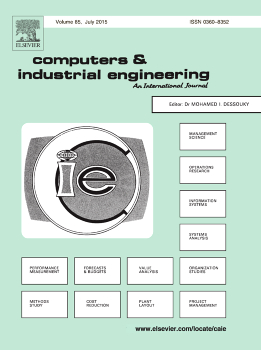A Bi-objective Analysis of the R-All-Neighbor P-Center Problem
 Article Status: Published
Article Status: PublishedPublication Year: 2014
Hugh R. Medal, Chase E. Rainwater, Edward A. Pohl, Manuel D. Rossetti. Computers & Industrial Engineering, Volume 72, Pages 114–128
[PDF] [External Link]
In this paper we consider a generalization of the p-center problem called the r-all-neighbor p-center problem (RANPCP). The objective of the RANPCP is to minimize the maximum distance from a demand point to its r th-closest located facility. The RANPCP is applicable to facility location with disruptions because it considers the maximum transportation distance after (r-1) facilities are disrupted. While this problem has been studied from a single-objective perspective, this paper studies two bi-objective versions. The main contributions of this paper are (1) algorithms for computing the Pareto-efficient sets for two pairs of objectives (closest distance vs rth-closest distance and cost vs. rth-closest distance) and (2) an empirical analysis that gives several useful insights into the RANPCP. Based on the empirical results, the RANPCP produces solutions that not only minimize vulnerability but also perform reasonably well when disruptions do not occur. In contrast, if disruptions are not considered when locating facilities, the consequence due to facility disruptions is much higher, on average, than if disruptions had been considered. Thus, our results show the importance of optimizing for vulnerability. Therefore, we recommend a bi-objective analysis.


